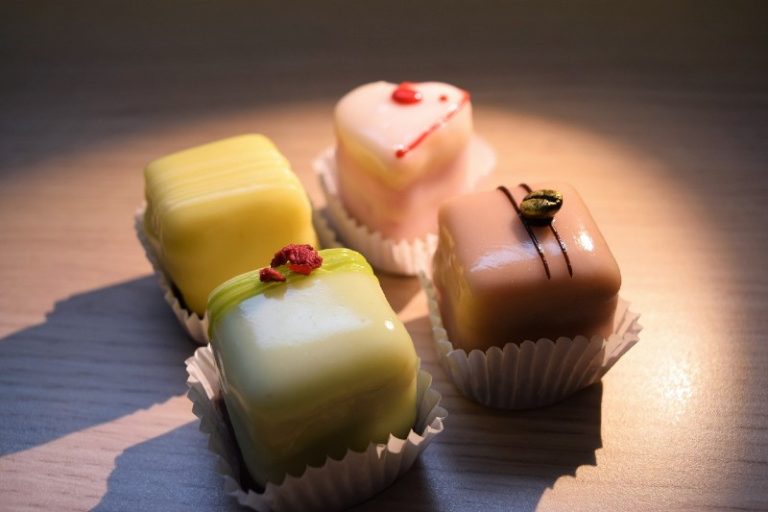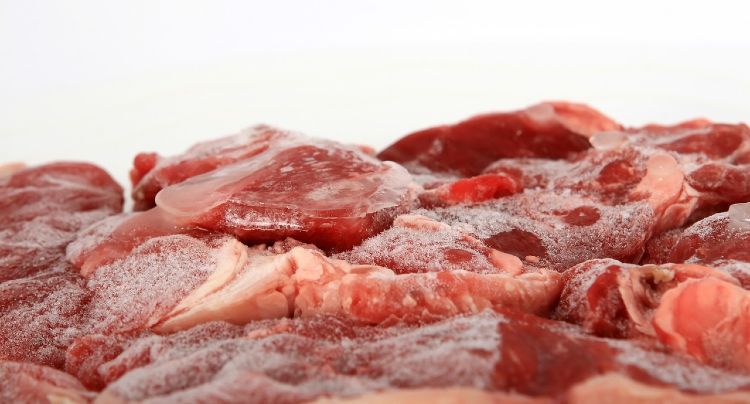La Fromagerie: Top Ten Tips on How To Be As Good As They Are
As the recession bites ever further into our wallets, it is evident that specialist, small food shops and food and drink artisans have to work ever harder to attract, retain and serve an increasingly diminishing pool of customers with disposable income. To save money, many consumers are cutting back on organic produce, expensive brands, eating out and entertaining. What can be done to entice back those foodie customers who might have been lost to cheaper shops in the last 12 months?
There are examples in this increasingly competitive market of food retailers who have stood the test of time and are exemplary in their field. They manage to lure passing foot fall and keep wallets in their shop, making sure that the service and the produce meets the needs of core customers and the price pitch is competitive with comparable purveyors. I have been to visit several independent food and drink retailers to analyse how they do it, to inspire, inform and provide top ten tips for other retailers, who might be struggling and uncertain. This month I want to tell you about La Fromagerie.
La Fromagerie cheese shop and café in Marylebone is a prime example to follow. The business was set up by Patrick and Danny Michelson in Highbury Park, North London in September 1992 followed by a second shop opening in Moxon Street, just off the Marylebone High Street, in 2002. La Fromagerie is also a wholesaler of cheese to such names as the River Café Restaurant, Atelier de Joel Robuchon, Anthony Demetre of Arbutus and Angela Hartnett at Murano.
Patricia Michelson is an award winning writer of two cheese books, “The Cheese Room” {by Penguin} and “Cheese” {by Jacqui Small Publishing}.
Despite their prestigious addresses, the methods used by the business to secure and maximise sales can be used by any retailer, anywhere, and many of the points listed may well seem common sense, but it is surprising how, in difficult times, retailers do not listen to market intelligence. Here is what I discovered, as a foodie, a writer, a cook, a cookery teacher and as a very fussy buyer and eater.
1. A welcoming entrance.
La Fromagerie has a very welcoming entrance: Moxon Street is quite a quiet, backwater lane, and the shop is next to The Ginger Pig butcher shop, a little foodie hub of excellence all in one corner. There are hand written blackboards showing the specials of the day, wicker baskets overflowing with brightly coloured, seasonal fruit and vegetables and a “corridor” of interesting things to look at for the first 2 metres into the store.
Tip: customers are “hooked” in if the entrance is appealing, well lit and showcases the pick of the week’s buying right at the front. Nothing sells like a good smell: lemons, herbs, bread, whatever has fragrance, colour and texture is good.
2. Friendly, knowledgeable staff
“Hello, are you alright just looking round?” asks the apron wearing waitress, as she walks up to me. I ask questions, guidance and advice and she is knowledgeable, friendly and open. Everyone is busy working hard with their particular section, as the shop has only just opened for the day, but the number one priority is the customer and not shelf filling. They let me photograph and make sure I am looked after. { I did write to ask permission, as a food blogger, to take photographs }.
Tip: good, engaged and people-friendly staff are the ambassadors of any food business: it is vital they know their products. Good and frequent training is key, even if they are just part-time.
3. Full, labelled shelves of carefully picked products
The quality of the Aladdin’s cave of dry-goods is very high: only the best brands makes the grade. The buyers have gone across Europe finding the best chocolates, flours, pulses, juices, sweets, oils, vinegars, wines and tinned and jarred goods. Racks are clean and tidy and all the goods are labelled, with the three “P”s: product-provenance-price clearly on display. It is clear that care and attention is taken with the three “ion”s: presentation, information and curation.
Tip: real foodies love to buy the very best, and will spend a premium if they know the quality and provenance is outstanding.
4. Artisanal, special, well-chosen homewares
You will see a corner of the shop, near the private dining room, where there are really beautiful linen tea towels and John Leach hand-thrown, glazed pottery, wooden boards and other gift items. On one of the walls are kept kitchen utensils such as cheese knives and truffle slicers. There is always a good margin on such products, and they make wonderful gifts.
Tip: food shops can sell more than just food, foodies love to shop for kitchenwares and are easily led on impulse purchases. Foodies are aspirational creatures.
5. Communal and private seating
There are different wooden tables and benches where you can sit at La Fromagerie and have breakfast, tea and coffee or lunch. They are all clean and uncluttered, and there are communal bowls of sugar as well as books. You could sit together with a group of colleagues to discuss an office meeting schedule or meet a friend or sit on your own. The layout is roomy and open, whilst at the same time making full advantage of quieter corners. As you sit, you are surrounded by beautiful things to buy.
Tip: the more people linger, relax and look, the more they are likely to spend on food, drink and something to take home.
6. Eclectic, vintage and unusual finds
You will see that the styling and decoration of the shop is very rustic and homely, with many unique pieces of wooden furniture and accessories. There are old, multi coloured coffee bean dispensers on the wall, a vintage clock and a wine rack that covers a whole wall with horizontal wine bottles. The overall effect is creative, artistic and unique.
Tip: you can source unusual furniture and accessories from junk shops and antique fairs – modern is not necessarily best, as in a recession people want to feel “at home” not in a bling-chrome-cold environment.
7. The wow factor centre of excellence
Every shop should have at least one holy grail centre of excellence point. At La Fromagerie it is the much talked about cheese room, which is accessed behind a sliding glass door. Within its cool interior you will find stack upon stack of wonderful cheeses, on straw mats and wicker trays, all labelled clearly. You can taste before you buy and the knowledge of the affineur is encyclopaedic. Customers may come here to buy cheese, but I am sure they leave with plenty more besides.
Tip: have one part of your shop that is a central, focal point of attraction for your community. Whatever your area of expertise, give your specialisation the wow factor showcasing it deserves, to draw the crowd and get people talking about you.
8. Events and evenings for everyone
La Fromagerie provides a full list of events where customers are invited for cheese and wine tastings and opportunities to meet and greet experts and authors. The value of these gatherings is very important: it affirms the shop’s influential role in disseminating education and information as well as creating a sociable, foodie, neighbourhood hub.
Tip: sales can be increased by creating evening events that showcase a particular offering of your shop {e.g: supper clubs that focus on one ingredient, clandestine tea parties to taste several varieties of teas, charcuterie and beer nights that focus on a particular region of the world}. Quality, significance and interest are key: invite talented speakers, who can use it as an opportunity to sell their latest book.
9. The power of the written word
Patricia Michelson has written two highly acclaimed cheese books, making her a connoisseur not just within the confines of her trade and peer group, but also to the world at large. This is wonderful, but I am sure many food retailers would be unable to persuade a publisher to allow them to write a book about their shop or products. Yet the power of the written word can be harnessed in other ways: you could create a Blog that has your recipes and tips or you can print out recipe sheets for customers that show how to use the ingredients you sell in the shop.
Tip: many customers want to take written cards or sheets that tell them more about ingredients, produce or spices. It is a cheap and affordable way to publish your expertise.
10. Website and social media.
La Fromagerie has an excellent website, created by Susanna Cook of Allies Design. It is clear, well written, well designed and succinct with good photography. From their logo, to branding, stationery and typography, their chic style speaks volumes. They have not spent a fortune on gimmicks, they have focussed the investment on selling their vision and brand. La Fromagerie has also embraced social media, and the staff and owner are active on Twitter telling followers about their curd news and views.
Tip: food artisans and retailers need to invest money on design, branding, a good website and active social media. The size of online sales and internet e-commerce will double by 2016 and if your image is old-fashioned your business will stand to lose out. You do not have to engage with consumers on Twitter and Facebook twenty times a day, just keep everyone posted and aware.
Further Information
La Fromagerie: www.lafromagerie.co.uk
Follow on Twitter: @LaFromagerieUK


